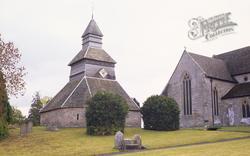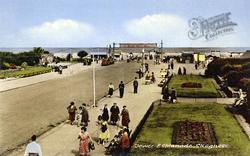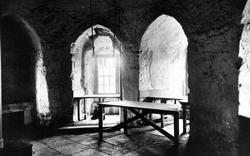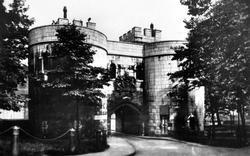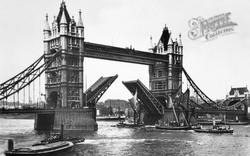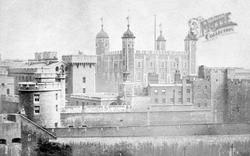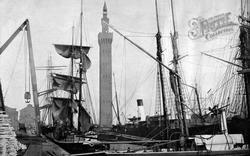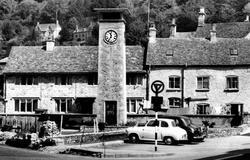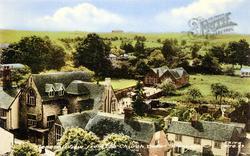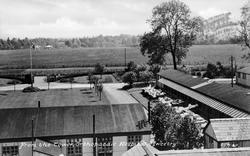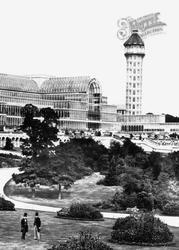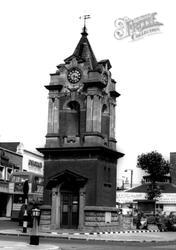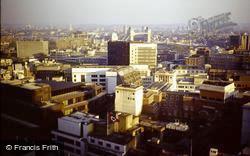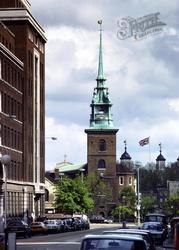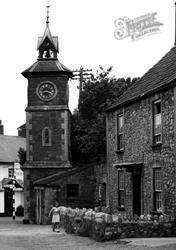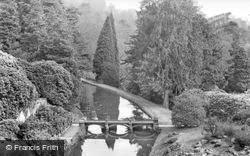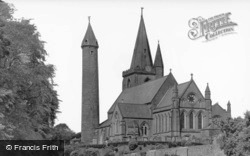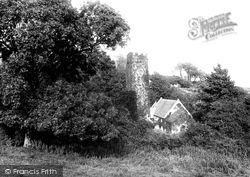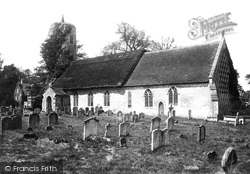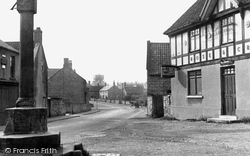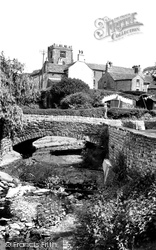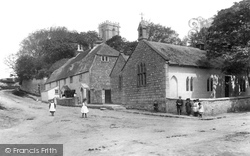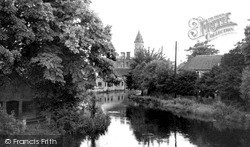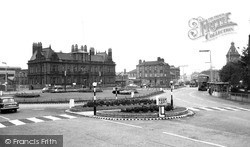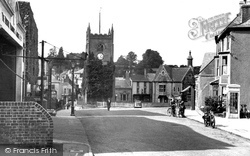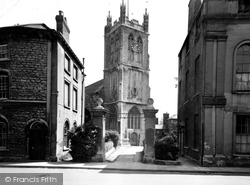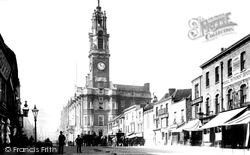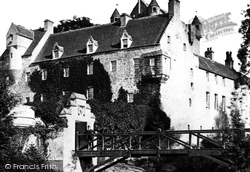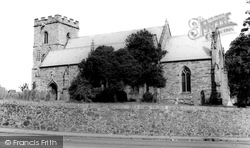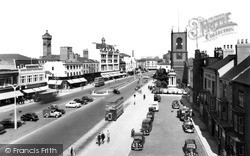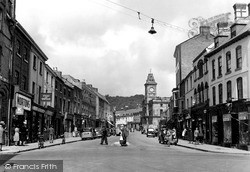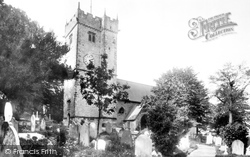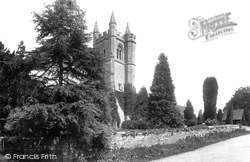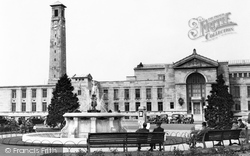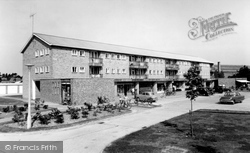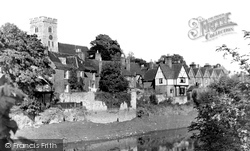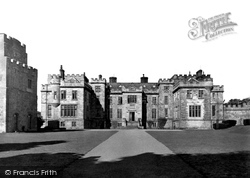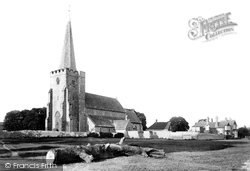Places
36 places found.
Those places high-lighted have photos. All locations may have maps, books and memories.
- Poplar, Middlesex
- Bow, Middlesex
- Bethnal Green, Middlesex
- Stepney, Middlesex
- Alton Towers, Staffordshire
- Isle of Dogs, Middlesex
- Limehouse, Middlesex
- Spitalfields, Middlesex
- Barjarg Tower, Dumfries and Galloway
- Bromley, Middlesex
- Stratford Marsh, Middlesex
- Tower Hill, Merseyside
- Tower Hill, Essex
- St George in the East, Middlesex
- Wapping, Middlesex
- Globe Town, Middlesex
- Old Ford, Middlesex
- Cubitt Town, Middlesex
- Tower Hill, Cheshire
- Tower Hill, Surrey
- Bow Common, Middlesex
- Mile End, Middlesex
- Millwall, Middlesex
- Ratcliff, Middlesex
- Warmley Tower, Avon
- Tower Hill, Hertfordshire
- Tower End, Norfolk
- Tower Hamlets, Kent
- Tower Hill, Devon
- Tower Hill, West Midlands
- Blackwall, Middlesex
- North Woolwich, Middlesex
- Hackney Wick, Middlesex
- Shadwell, Middlesex
- South Bromley, Middlesex
- Tower Hill, Sussex (near Horsham)
Photos
2,720 photos found. Showing results 1,921 to 1,940.
Maps
223 maps found.
Books
1 books found. Showing results 2,305 to 1.
Memories
637 memories found. Showing results 637 to 637.
Captions
3,036 captions found. Showing results 2,305 to 2,328.
His helmet, now in the Tower of London, was used as a coal-scuttle before restoration.
The nave and chancel date back to the 12th century; the tower is 13th century.
The tower is probably Saxon, and was added to an existing nave. The east wall has diaper patterns in stonework, which continue across the window.
In the background is Barlborough's distinctively-shaped water tower, known locally as 'the Egg Cup', it has been long since demolished.
The 13th-century church of St Mary Magdalene has a massive 16th-century tower with rounded pinnacles, which houses the peal of eight bells.The public house is appropriately named the Eight Bells.A
The five hundred-year-old parish church tower of St Paul's shows up at the top of our photograph.
The view looks north from Chamberlaine Road (foreground) up All Saints Road (left) to the tower of Wyke Regis parish church and the trees around the rectory.
The tower of the old Town Hall can still be seen.
The original intention was that there should be a tower on top of the Town Hall but the local people felt it looked quite grand enough as it was and so did not bother to add it.
The isolated tower that stands in the middle of the Town Square was once attached to the parish church, which was built on the site of Coleford's old Market House in 1821.
The tower of the parish church was rebuilt in 1709.
The view is up All Saints Road (left) to the tower of Wyke Regis parish church and the trees around the Rectory.
The big water tower of 1882-3, soon named 'Jumbo', can be seen in the distance.
The central tower of the castle dates from a licence of 1454 when the thane was permitted to erect Cawdor 'with walls and ditches and equip the summit with turrets and means of defence, with warlike provisions
Raised above the road, behind a rather forbidding local stone boundary wall, the rather stumpy three-stage crenellated west tower is all that remains of the medieval church.
The parish church tower stands prominently on the right, with the war memorial with its white columns in front. The present church dates from 1712.
The Victorian town hall and its dominating clock tower overlook some fine Tudor and Jacobean town houses.
The church has a 16th-century crenellated tower with gargoyles and low pinnacles, a clock and a peal of eight bells.
The fine 14th-century church of St Mary, built of local sandstone, has a Perpendicular tower with dumpy crocketed pinnacles and full-length aisles of the same width as the nave and chancel.
Its tower is 158 ft high. There is now a fountain by the library entrance, and opposite there are parks. Southampton did not become a city until 1964, after a royal charter was granted.
This was completed in 1965, and has a triangular bell tower.
The tower was raised in height in 1892 in the memory of H A Brassey. Just down the road to the west is a Carmelite friary, which is much visited by those in search of tranquillity and meditation.
The present castle dates mainly from the 1860s, though the north and south-west towers are original.
In the days of Queen Elizabeth I, the Admiralty commandeered the church tower as a lookout and signal station to watch the coast for defence against the Spanish Armada.
Places (38)
Photos (2720)
Memories (637)
Books (1)
Maps (223)





